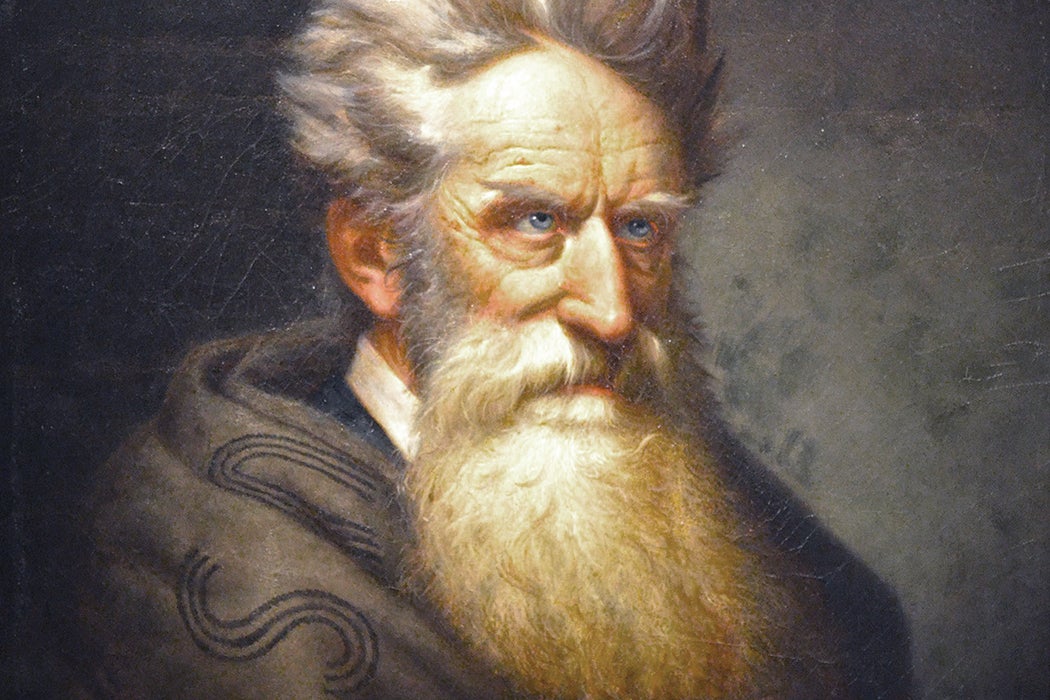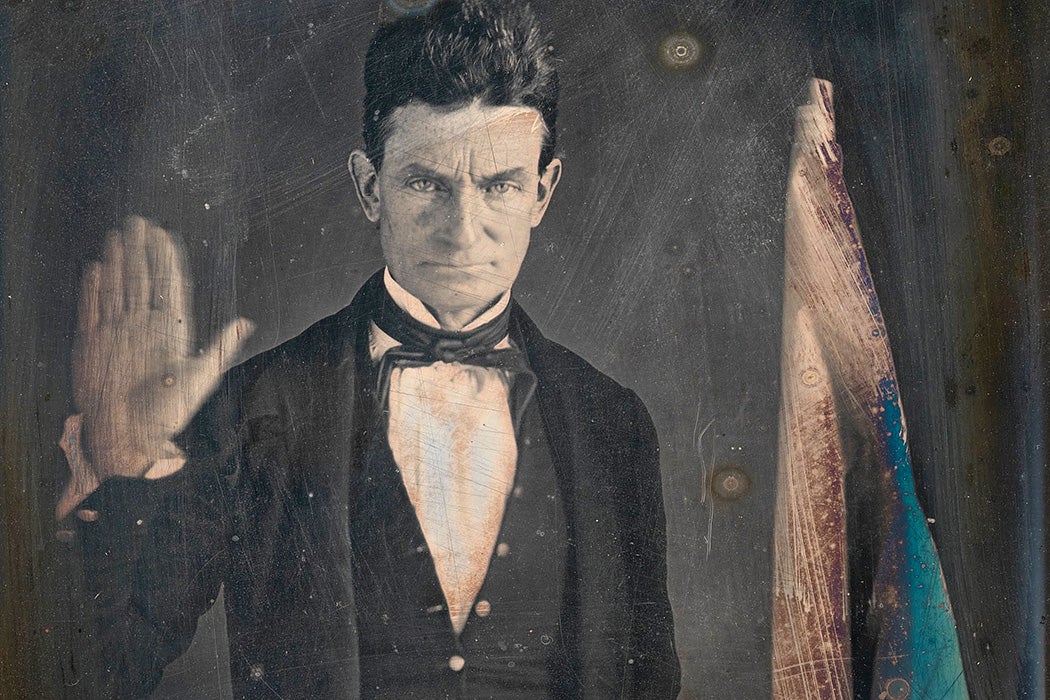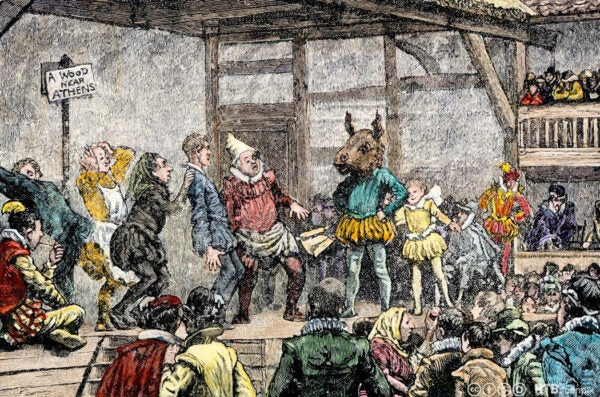Many modernist poetic classics were published in 1928. Edna St. Vincent Millay, Carl Sandburg, Robert Frost, W.H. Auden, Dorothy Parker, D.H. Lawrence, and e.e. cummings all had important works printed that year. William Butler Yeats’ “Sailing to Byzantium” appeared in his book The Tower, and Ezra Pound’s collected poems would be edited by T.S. Eliot. And Eliot himself published the first part of his Ash Wednesday that year. These names constitute a veritable syllabus of high modernist aesthetics—poets known for their experimental, avant-garde, difficult, hermetic verse. As a movement, modernism concerned itself with the convulsions of contemporary culture, with the impact of technology and the unconscious, and with alienation and the loss of faith. These poets represented a litany of different styles, approaches, methods, movements, and ideologies, but were united in a certain revolutionary fervor—a sense that the purpose of a poet was, in the words of Pound, to “make it new.”
In keeping with that credo, form was stretched to the limit. Modernist themes were often consciously elitist, and accessibility was abandoned in favor of radicalism. How strange, then, that in 1928 the most popular American poem wasn’t by one of the modernist luminaries, whom we’ve since made canonical. It was, rather, a long poem by a bookish Pennsylvanian that took as its subject not humanity’s alienation, but a historical-narrative overview of the Civil War. Even more unlikely, while Pound and Eliot wrote for a small vanguard, this epic would sell 130,000 copies in its first two years and win the Pulitzer Prize. Despite its initial success, nobody much reads Stephen Vincent Benét’s John Brown’s Body anymore.
Weekly Newsletter
Despite having been written at the height of the Modernist movement, John Brown’s Body was structured not according to Pound’s crystalline imagist parsimony of phrasing, or Eliot’s bricolage of fragments, but rather as an old-fashioned epic, one structurally modeled after the ancient exemplars of the form, including Homer and Virgil. Benét’s purpose was neither to convey the immediacy of experience, as William Carlos Williams would, or to question the conventional rules of form, as cummings would, but rather to write a long verse narrative—of 15,000 lines—that was to embody the history and purpose of a nation, and the heroic deeds of the men who were foundational in that country’s history. This was a work that could unironically begin by invoking the “American muse, whose strong and diverse heart / So many men have tried to understand / But only made it smaller with their art.”
Benét would attempt to encapsulate all of the United States—and the apocalyptic conflict of the previous century—into his epic. With such an antiquated, quixotic, and eccentric task, the poet was “the antithesis of some of his poetic contemporaries,” as Frederick H. Jackson argues in The Historian. Despite his difference from the more famous poets who define that period, Jackson confidently asserts that “no writer of poetry in English was ever read by so many during his lifetime as was Stephen Vincent Benét,” even while he is virtually unknown today, certainly not least among scholars of literature.
Written in Paris with the assistance of a grant from the Guggenheim Foundation, Benét’s poem was simultaneously a conscious rejection of modernism, and also an attempt to do for the United States what Virgil had done for Rome, what Dante had done for Italy, what Milton had done for Britain: to pen a full-throated epic that embodied the values of his nation. John Brown’s Body is a poem that reminds contemporary readers more of the Civil War historian Shelby Foote than it does Milton’s Paradise Lost. As an author, Benét skirts the margins of twentieth-century literary history. He was an idiosyncratic and prolific writer working across poetry, short-stories, screenplays, and journalism, notable for an early post-apocalyptic science fiction story, 1937’s “By the Waters of Babylon,” and an anti-Nazi radio play, 1942’s They Burned the Books. By far his best known work is the 1936 short story “The Devil and Daniel Webster,” which imagines a Faustian trial involving the great Yankee lawmaker, a story far more famous than the author who created it. (“The Devil and Daniel Webster” is often misattributed to the far-earlier Nathaniel Hawthorne, or, perhaps a greater honor, is classified simply as “folklore.”) John Brown’s Body, however, was Benét’s masterpiece—a complicated, problematic, brilliant, and forgotten masterpiece.
Reconsidering John Brown’s Body provides the opportunity to examine what exactly an American “epic” would entail—what it can and should do—and the ways in which Benét failed and succeeded. There is also an opportunity to consider how the Civil War, and the pernicious false equivalences that still bedevil our memory of America’s formative event, has made a full literary memorialization impossible in the century-and-a-half since Appomattox, one of the final battles of the Civil War. What’s more, reading Benét allows for a lost aesthetic experience, where despite the epic’s pretensions, its traditionalism, its affectation, its sheer bloat, there are also passages of heart-rending beauty the equal of anything produced by American modernism.
Benét was born in Bethlehem, Pennsylvania, and his father was an army veteran. For part of his youth, he lived in Augusta, Georgia. His dual identity as a Southerner in the North and a Yankee in Dixie inculcated within the poet the obsessions that made John Brown’s Body possible. It’s those tensions in both Benét and his greatest work—those contradictions, those occlusions, and those hypocrisies—which make John Brown’s Body so troubling and fascinating.
Benét shares with many of his Modernist contemporaries, from Jean Toomer to Williams, a fundamental love of the American vernacular. In American Names, he writes:
I have fallen in love with American names,
The sharp names that never get fat,
The snakeskin-titles of mining claims,
The plumed war-bonnet of Medicine Hat,
Tucson and Deadwood and Lost Mule Flat.
Contrary to the antiquated feel of the verse on first reading, the rhyme scheme of ABABB was actually fairly contemporary, first attributed to the poet Adelaide Crapsey, who adopted it from her own readings of Japanese poetry. The scheme commonly known as the American cinquain was enthusiastically adopted by the Imagist poets (with whom Pound was associated). Within the stanza’s formalism, Benét exhibits a plucky American first-person, which if it couldn’t be confused with Whitman’s cosmic “I,” is at least still ruggedly individualist. His is a declaration of independence: “Seine and Piave are silver spoons,” Benét writes from Paris. “There are English counties like hunting-tunes / Played on the keys of a postboy’s horn, / But I will remember where I was born.”

John Brown’s Body tells a story from the abolitionist’s raid on Harpers Ferry through the furnace of the war itself, with its million dead, containing any number of American characters, from Ulysses S. Grant to Robert E. Lee, from Abraham Lincoln to Jefferson Davis, as well as fictional characters, like the archetypal Yankee Puritan abolitionist Jack Ellyat and the Cavalier Southern plantation owner Clay Wingate. Those invented personages, including a Pennsylvanian yeoman farmer and a Southern belle, are written more as archetypes than characters.
Several of the enslaved characters aren’t given the dignity of complexity extended to the other characters. Despite Benét’s progressive politics, black women and men are reduced to the starkest of stereotypes. Yet to read the poem as a simple recounting of the Civil War two generations after the event itself is to ignore the ways in which Benét’s purpose was to encapsulate the nation that emerged from that cauldron. Lincoln’s “kneading the stuff of the Union together again” provided the raw materials that made the contemporary nation—of modernism and mechanics, jazz and baseball, Pound and Eliot—even possible.
Despite the eccentricity of Benét working in such a consciously moribund form as epic poetry, there have been dozens of self-conscious attempts over the past two centuries to pen a national epic for the United States. When the American Republic was declared, there was a desire among the nascent literary community of the new nation to enshrine democracy in poetry, as completely as the Roman imperial order had been declared by Virgil or the Elizabethan settlement by Edmund Spenser. But this bid for national literary respectability came up against the unfashionability of epic poetry at the start of the nineteenth century.
The literary scholar Donald M. Foerster claims in Studies in Philology that the incongruity of an American national epic was in part due to the “youthfulness of America, the prevalence of a strong strain of moralism… the deep concern of most Americans for the practical aspects of life, the many patriotic attempts of poets and critics to break away from the European literary heritage.” For much of European literary history, the long narrative poem, which takes as its subject the affairs of great men, was the standard of seriousness for authors. But by the eighteenth and especially the nineteenth century, as the United States’ power grew, there was a decline in interest in the epic. These shifts lead to the enshrinement of the novel over the epic as a serious genre. Hence our obsession with the Great American Novel as opposed to the Great American Epic Poem.
Many of these poems—works like Walt Whitman’s Leaves of Grass or Pound’s Cantos—despite their brilliance, stretch the conventional definition of “epic” as applied to works like The Odyssey, El Cid, or Song of Roland. While Pound and Whitman would draw rhetorically from the connotations that “epic” had, their long poems didn’t follow the conventional narratives that defined those earlier examples. More strictly traditional American epics, like the eighteenth-century poet and diplomat Joel Barlow’s The Columbiad, have been (perhaps unfairly) dismissed as turgid and amateurish. John Brown’s Body, Benét’s attempt to write a “long poem dealing with some of the things that happened in our Civil War and how they affected various kinds of Americans,” as he wrote in its introduction, is thus the rare example of a genuine Virgilian American epic. It contains portions of verse that actually pass muster with critics for their technical skill. Jackson writes that the poem’s “most outspoken admirers claim that it occupies an honorable place in the great epic tradition of world literature… one of the great attempts to fathom the soul of America… [and] one of the finest literary representations of the Civil War.”
Epic is by its nature a political form, one that is by necessity often associated with the status quo. Virgil’s Aeneid was written for the Emperor Augustus; Spenser’s The Faerie Queene for Elizabeth I. Both could smooth over, obscure, ignore, deceive, and bamboozle as much as the best of propaganda. John Brown’s Body is no different. Written at a time when historiography had shifted into hagiography, when even northern scholars were fine with embracing a myth about the chivalrous South in the interests of national unity, Benét’s poem was composed not to mourn those in bondage or who fought for their freedom, nor for the abolitionists who held America to its highest ideals, nor to condemn the Confederate traitors who marched against their own nation. Benét sought rather to imagine a sutured-together version of that same country, bestriding its new global position after being forged in the war.
The historian R. Blakeslee Gilpin argues in a chapter from John Brown Still Lives!: America’s Long Reckoning with Violence, Equality, and Change that by “celebrating the rationales and heroism of both Union and Confederacy,” the epic “minimized its compromised relationships” with the actual causes of the war. Benét could conclude that we must “Bury the South… Bury the bygone South” and the “sick magnolias of the false romance / And all the chivalry that went to seed,” but not in the service of emancipation. Rather, he drew these conclusions because “Out of John Brown’s strong sinews the tall skyscrapers grow… Out of this heart the chanting buildings rise.” As Gilpin explains: “Benét reinforced the dominant legend of the war by emphasizing America’s historical destiny over these complicating factors,” whereby the nation’s “present and the future [are] unanswerable for the tragedies of the past.”
Benét’s treatment of the Civil War’s causes was anodyne at best. He reduced slavery to an afterthought, and presented black characters as at best one-dimensional and at worst crude stereotypes. It’s telling that John Brown’s Body was well received in both the North and South, equally embraced by the children of Union and Confederate veterans, with the epic arguably a central part of the post-Reconstruction project that reduced the war over slavery to a simple contest between cousins about “state’s rights.” And it’s disquieting to read a 1929 fan letter to Benét, written by William Minor Lile, the dean of the University of Virginia Law School, who was raised by Alabama slave-masters “loyal to my birth and breeding,” in which he enthuses that, though he’d been brought up to see Yankees as “blue devils,” he’d found John Brown’s Body to have “handled the delicate situation between the Northern and Southern viewpoint with remarkable balance and skill.”
Lile went on to say that Benét had produced an epic for not just the Union cause, but “as well as to Southerners, with General Lee, their Sir Galahad, whom they have enshrined forever in their memories.” This was the incongruity whereby Benét was able to describe John Brown, the apocalyptic prophet of racial justice who gave his poem its titles, as a visionary “crack in Time Itself… an image that has stood so long / It seemed implanted as the polar star / Is moved against an unfathomed force / That suddenly will not have it any more,” while also embracing Lost Cause mythology and enthusing that Lee was a “figure lost to flesh and blood and bones, / Frozen into a legend out of life, / A blank-verse statue.”
The last few years have seen the toppling of statues of Lee and his compatriots in rebellion, memorials that were erected, often by a resurgent Ku Klux Klan, as toxic symbols against civil rights during the decade when John Brown’s Body was written. What do we do with a “blank verse statue,” then? It would be inaccurate to read John Brown’s Body as a Confederate apologia. That reading is not true to the anti-fascist politics of Benét, nor the poem itself. Yet the epic is also one that obscures, minimizes, and revises the historical record. In that crucial way, it enacts its own dangerous delusions about the meaning of the country (as, perhaps, the epic genre demands).
Benét’s conviction that the Civil War is the only topic suitable for an American epic is perhaps correct, but John Brown’s Body falls short on that score, since it’s incapable of a complete reckoning. This is the same reason why we lack a national memorial to the Civil War: we’ve yet to collectively be honest about the causes of that conflagration, and thus we cut ourselves off from remembering the sacrificed war dead, or the enslaved martyrs, who ascend back to the earliest days of America. Our poetry is no different from our monuments.
Which raises a question. When considering a poem like Benét’s (for the forgotten John Brown’s Body most definitely deserves our consideration), can poetic language redeem narrative? For a summary of the themes and plot of the epic does not do it justice. Benét’s skill lay in the actual verse itself, and its distillation of American character, rhetoric, and prosody. That skill can be seen in another of his poems, American Names:
I will remember Carquinez Straits,
Little French Lick and Lundy’s Lane,
The Yankee ships and the Yankee dates
And the bullet-towns of Calamity Jane.
I will remember Skunktown Plain.
Benét’s poetry, in all of its glorious expansiveness, is an encomium for the American tongue, and later in American Names, he sings to us:
I shall not rest quiet in Montparnasse.
I shall not lie easy at Winchelsea…
You may bury my tongue at Champmédy.
I shall not be there. I shall rise and pass.
Bury my heart at Wounded Knee.
This is a cartographic love-letter, a valediction of the map, with the very American place-names stained with blood—and, sometimes, redeemed by it too. John Brown’s Body isn’t and couldn’t be the national epic which he envisioned it as being. But it remains a plaintive invitation for the creation of one, for the forging of a nation which one day might be worthy of its poetry.
Support JSTOR Daily! Join our new membership program on Patreon today.







